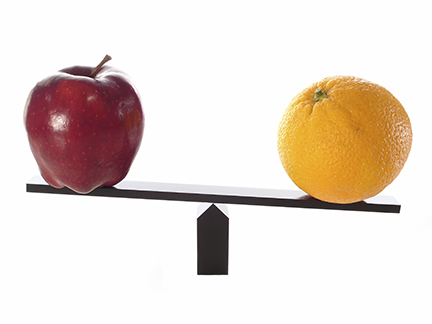
Who doesn’t want to look young and refreshed? Two popular treatments – Intense Pulsed Light (IPL) and Chemical Peels – make it a real possibility. The real question is deciding which treatment is right for you. Let’s explore the what, who and how’s of both.
What
IPL therapy is a skin rejuvenation process that uses intense pulses of light that penetrate deep into the skin. The light prompts a response from the blood vessels and collagen in order to make the skin look younger, smoother and more supple. It’s great for treating sun damage, rosacea, blotchiness and discoloration, large pores and fine lines.
Chemical peels are a wide-ranging group of specially created acid solutions that help remove damaged surface layers of skin. As last week’s blog attests, they’re not anywhere near as scary as they sound! Different types and concentrations of peels are available depending on the patient’s needs. Chemical peels reveal younger, healthier, softer skin lying beneath the surface. They’re excellent for treating acne scars, uneven skin pigmentation and fine lines. They also enhance collagen production.
Who
The best candidates for IPL are people with light, fair and untanned skin. It’s not recommended for people with tanned or naturally dark skin – African-Americans and people of Greek and Italian descent, for example – as they sometimes experience changes in skin pigmentation following an IPL treatment.
The candidacy for chemical peels isn’t as restrictive. Because several different kinds (and strengths) of peels exist, there’s virtually no restriction as regards to a person’s ethnic background and skin coloration. However, especially in the case of deep peels, some time and commitment to the recovery process is required.
How
In the course of an IPL treatment, a skin care specialist moves a special hand piece over the treatment area bathing the skin in bright light. A session usually takes about 15 minutes, with or without topical numbing. Typically patients experience the sensation and appearance of a mild sunburn that lasts 1-2 hours and then disappears.
When a chemical peel is administered, most patients experience a warm sensation that lasts about 5-10 minutes accompanied by some stinging as the peel is rinsed off. The degree of heat and stinging depends on the strength of the peel. Mild and medium chemical peels involve little to no downtime for recovery although multiple peels may be required to achieve optimum results. Deep peels generally require a couple of weeks to heal completely.
